Auto shows are renowned for showcasing the latest in automotive innovation and design, but they are also a stage for the weird and wacky. These peculiar creations often push the boundaries of conventional car design, serving as a playground for manufacturers to experiment with new ideas. This article delves into some of the most unusual cars designed specifically for these events.
The Purpose of Auto Show Cars
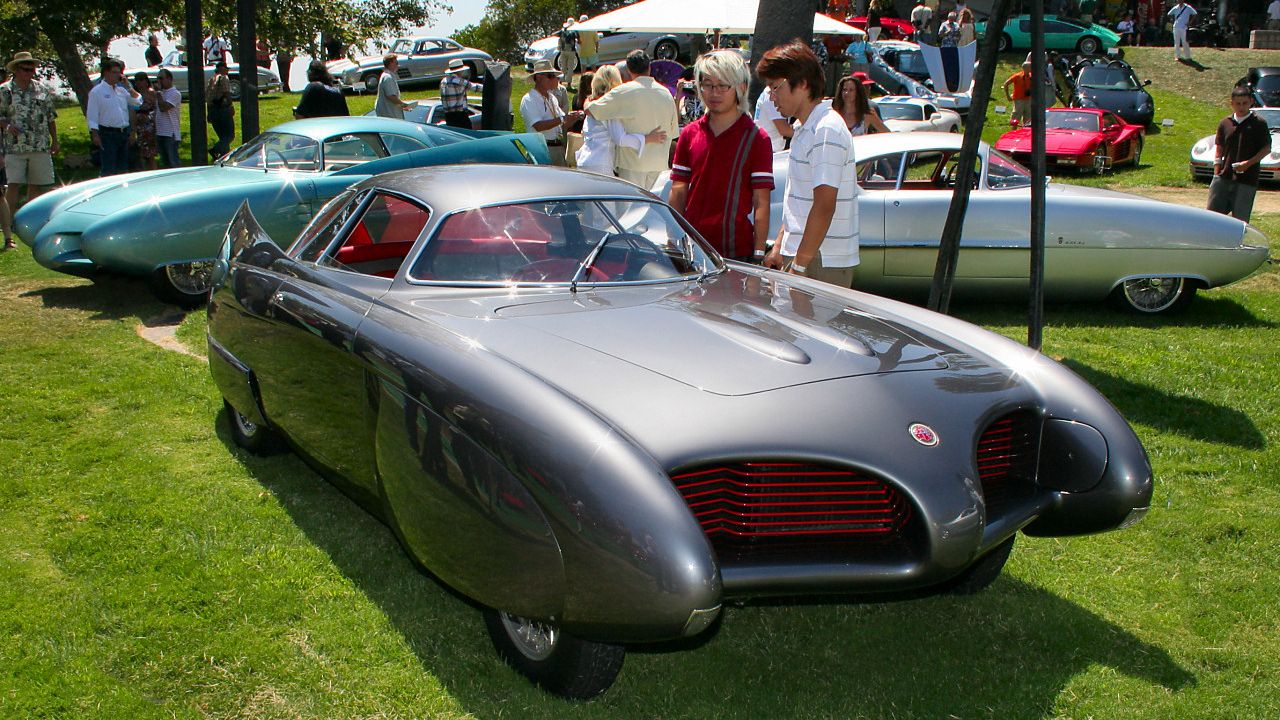
Auto shows serve as a crucial platform for manufacturers to unveil concept cars that act as testbeds for innovation. These vehicles often incorporate cutting-edge technology and radical designs that might not be feasible for immediate production but allow companies to gauge public reaction. By presenting these avant-garde concepts, manufacturers can assess consumer interest in new technologies and design directions, which can inform future production models.
Beyond testing innovations, creating unique and bizarre cars at auto shows is a strategic move to enhance brand visibility. These eye-catching designs generate buzz and media coverage, helping brands stand out in a competitive market. The spectacle of a weird car can captivate audiences, drawing attention not only to the vehicle itself but also to the brand’s broader lineup and technological prowess.
Auto shows also provide designers with the freedom to explore unconventional aesthetics and engineering solutions. This creative liberty allows for the development of cars that defy traditional design norms, pushing the envelope of what a vehicle can be. Such freedom can lead to groundbreaking concepts that inspire future automotive trends, even if the cars themselves never reach production.
Iconic Weird Cars from Past Auto Shows
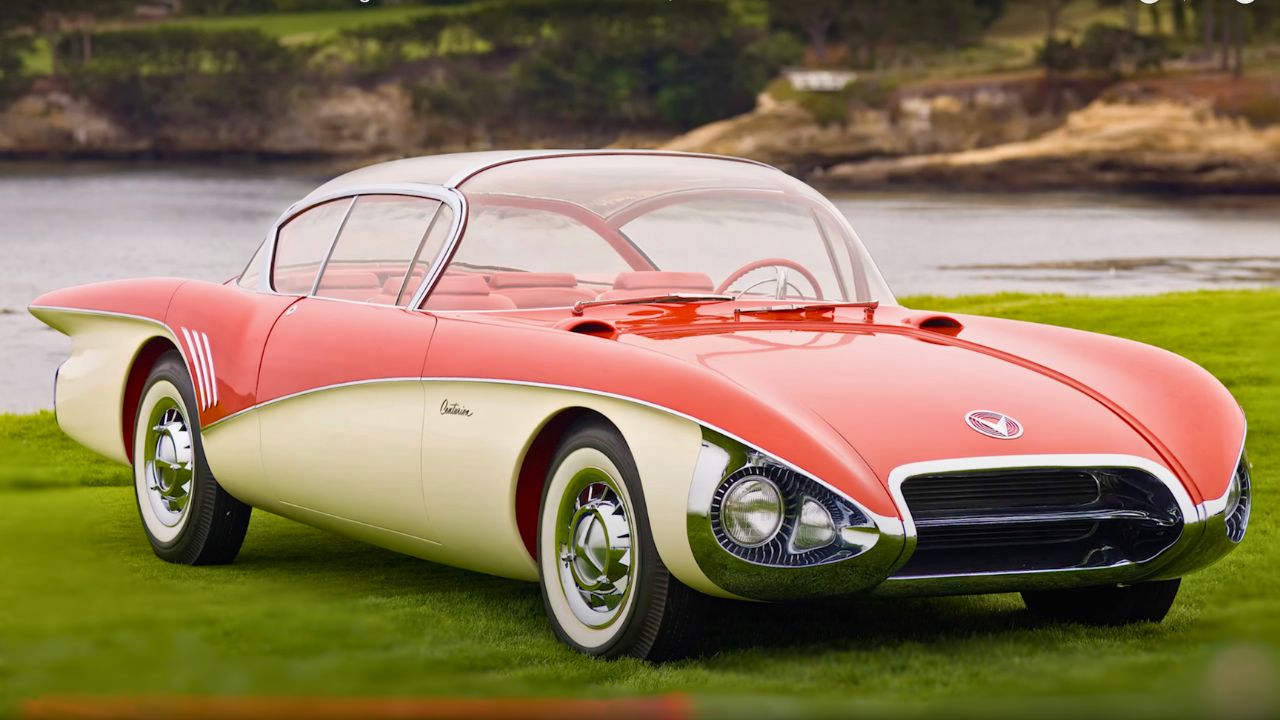
The 1956 Buick Centurion is a prime example of a car that broke the mold with its groundbreaking design. Featuring a bubble canopy and a futuristic dashboard, the Centurion was a vision of what the future of automobiles could look like. Its design was not only a bold statement but also a precursor to the aerodynamic shapes that would become more common in later decades.
In 2010, the Nissan Land Glider challenged traditional car design with its narrow, tilting body. This unique vehicle was designed to navigate congested urban environments with ease, offering a glimpse into a future where city cars might prioritize agility and compactness. The Land Glider’s ability to tilt into corners like a motorcycle was a radical departure from conventional car dynamics, showcasing Nissan’s willingness to explore new mobility solutions.
The 1989 Ford Probe V was another radical concept, featuring an aerodynamic design that was ahead of its time. With a focus on reducing drag and improving fuel efficiency, the Probe V embodied an ambitious vision of the future. Its sleek lines and advanced engineering highlighted Ford’s commitment to pushing the boundaries of automotive design, even if the car itself never made it to production.
Technological Marvels or Gimmicks?
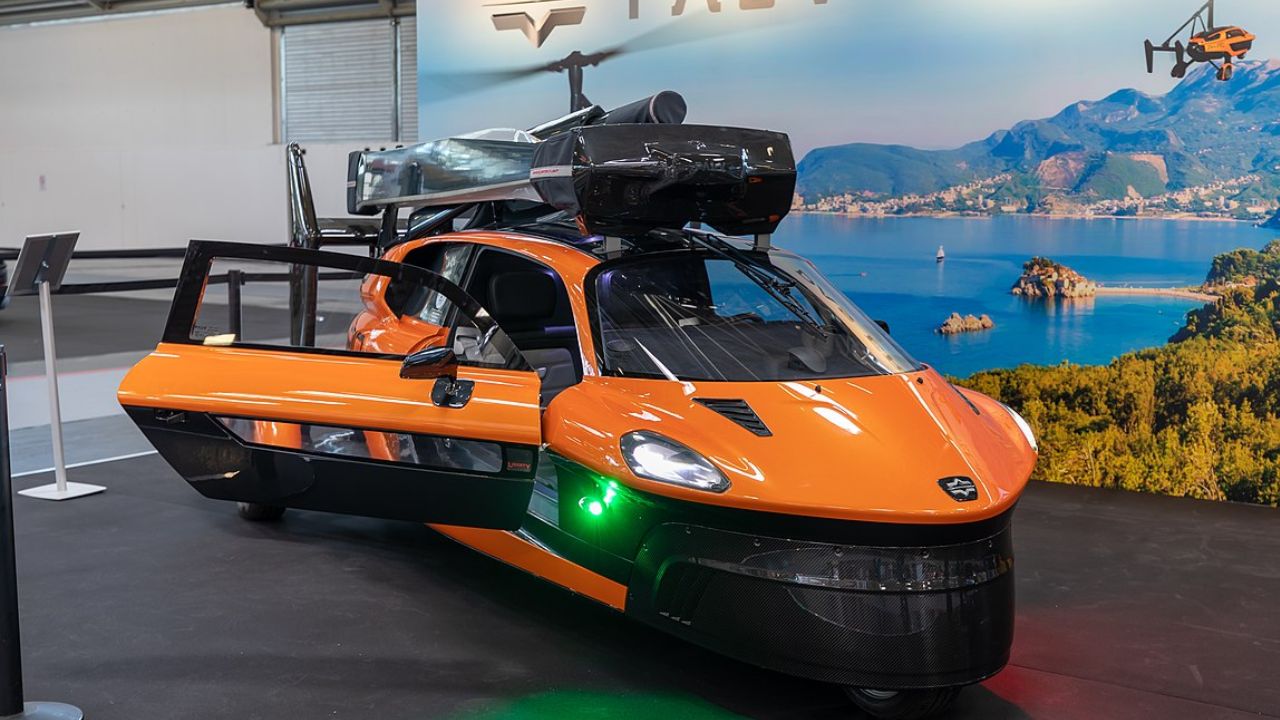
Weird cars at auto shows often incorporate advanced technology that can seem like either a marvel or a gimmick. These vehicles frequently showcase innovations that may eventually find their way into mainstream models. For instance, features like advanced infotainment systems, autonomous driving capabilities, and alternative powertrains are often first seen in concept cars before being refined for production.
However, there is a fine line between genuine innovation and novelty. Some features showcased in these cars are purely for show, designed to capture attention rather than offer practical benefits. This balance between innovation and spectacle is crucial, as manufacturers must decide which technologies are worth pursuing for future models and which are best left as showpieces.
Despite this, there are numerous examples of technology from these unique cars making it to production. For instance, hybrid and electric powertrains, once considered experimental, are now commonplace in many vehicles. Similarly, advanced driver-assistance systems that debuted in concept cars have become standard features in modern automobiles, demonstrating the lasting impact of these technological showcases.
The Role of Weird Cars in Automotive Evolution
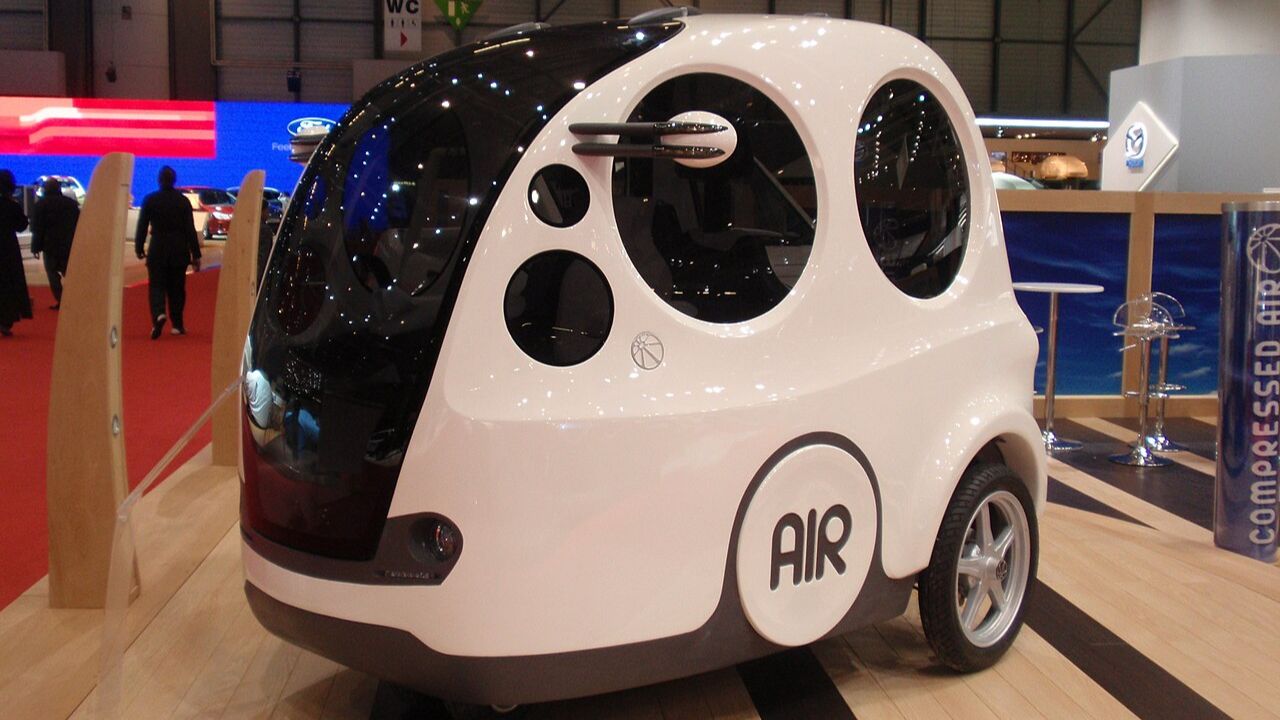
Weird cars from auto shows play a significant role in influencing future design trends. By pushing the boundaries of what is possible, these vehicles inspire designers and engineers to think outside the box, leading to the incorporation of unique elements into mainstream models. Features such as aerodynamic shapes, innovative lighting designs, and sustainable materials often originate from these experimental vehicles.
These cars also serve as a barometer for testing public appetite for change. By presenting radical designs and technologies, manufacturers can gauge consumer interest and willingness to embrace new concepts. This feedback is invaluable for shaping the direction of future automotive development, ensuring that new models align with consumer expectations and desires.
Moreover, some of these cars have pioneered eco-friendly technologies and materials, contributing to the development of sustainable automotive solutions. Concepts like solar panels, lightweight composites, and alternative fuels have been explored in these vehicles, paving the way for more environmentally conscious production models. As the industry moves towards sustainability, the innovations seen in these weird cars continue to play a crucial role in shaping the future of transportation.
The Cultural Impact of Auto Show Oddities
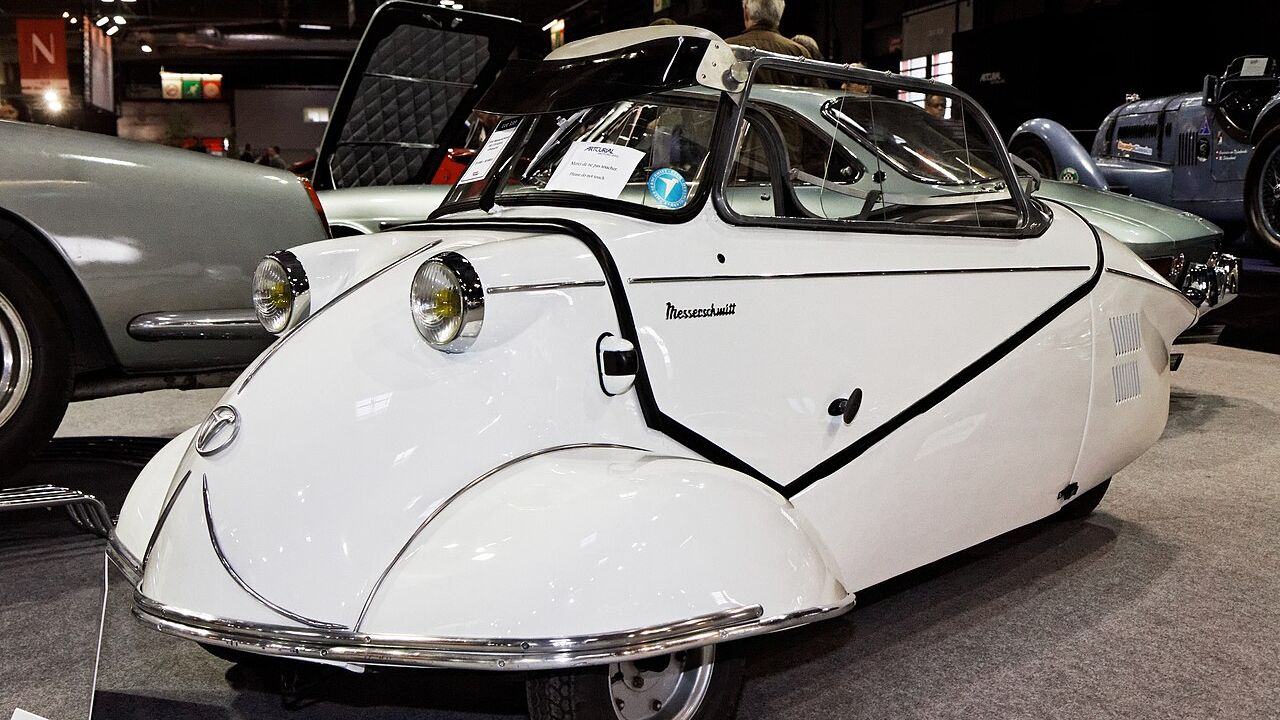
Weird cars from auto shows often become cultural phenomena, creating conversations and cult followings. These vehicles capture the imagination of enthusiasts and the general public alike, leading to dedicated fan bases that celebrate their uniqueness. The distinctiveness of these cars often makes them memorable, ensuring they remain a topic of discussion long after the auto show has ended.
These cars also reflect societal trends and fantasies, mirroring the dreams and anxieties of their time. Whether it’s the futuristic optimism of the 1950s or the eco-consciousness of the 21st century, auto show cars often embody the zeitgeist, offering a glimpse into the collective aspirations of society. This reflection of societal values adds another layer of intrigue to these already fascinating vehicles.
Finally, the legacy of weird cars extends into popular media, where they are frequently portrayed in movies, TV shows, and video games. This exposure further cements their iconic status, allowing them to reach audiences beyond the automotive world. Whether as futuristic vehicles in science fiction films or as unique rides in video games, these cars continue to captivate and inspire, leaving a lasting impact on both the automotive industry and popular culture.
Like Fast Lane Only’s content? Be sure to follow us.
Here’s more from us:
*Created with AI assistance and editor review.

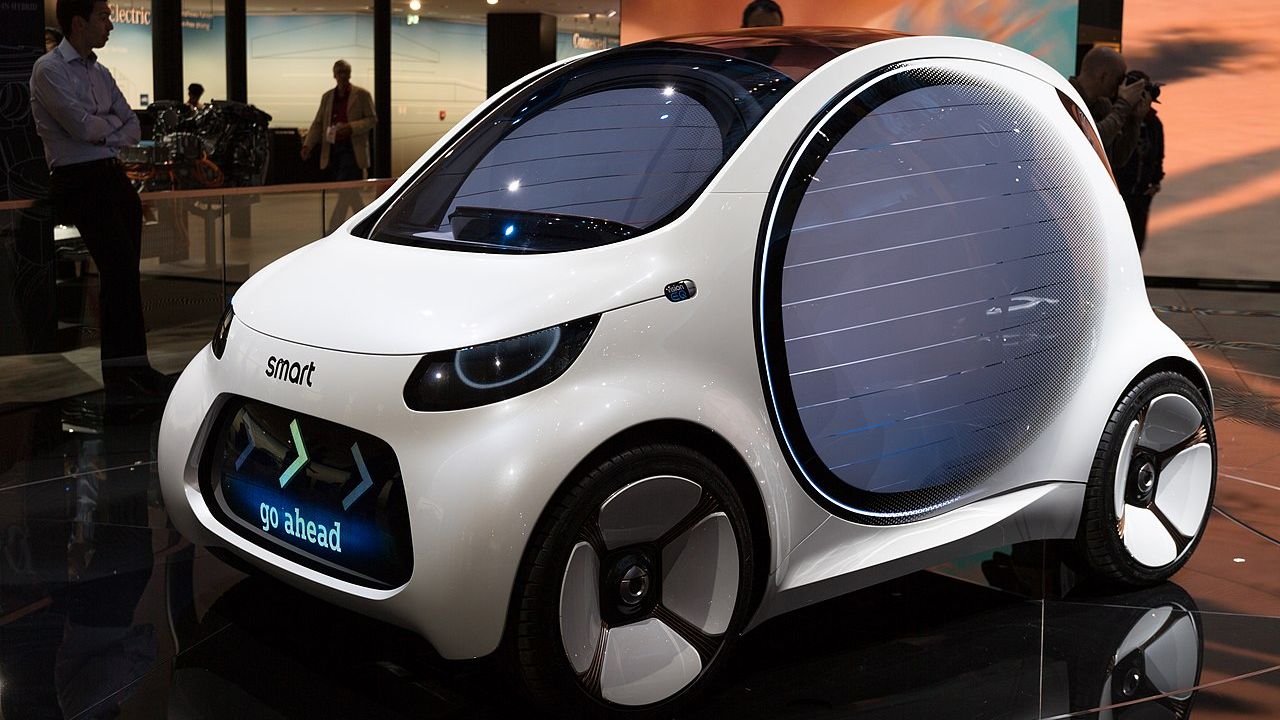
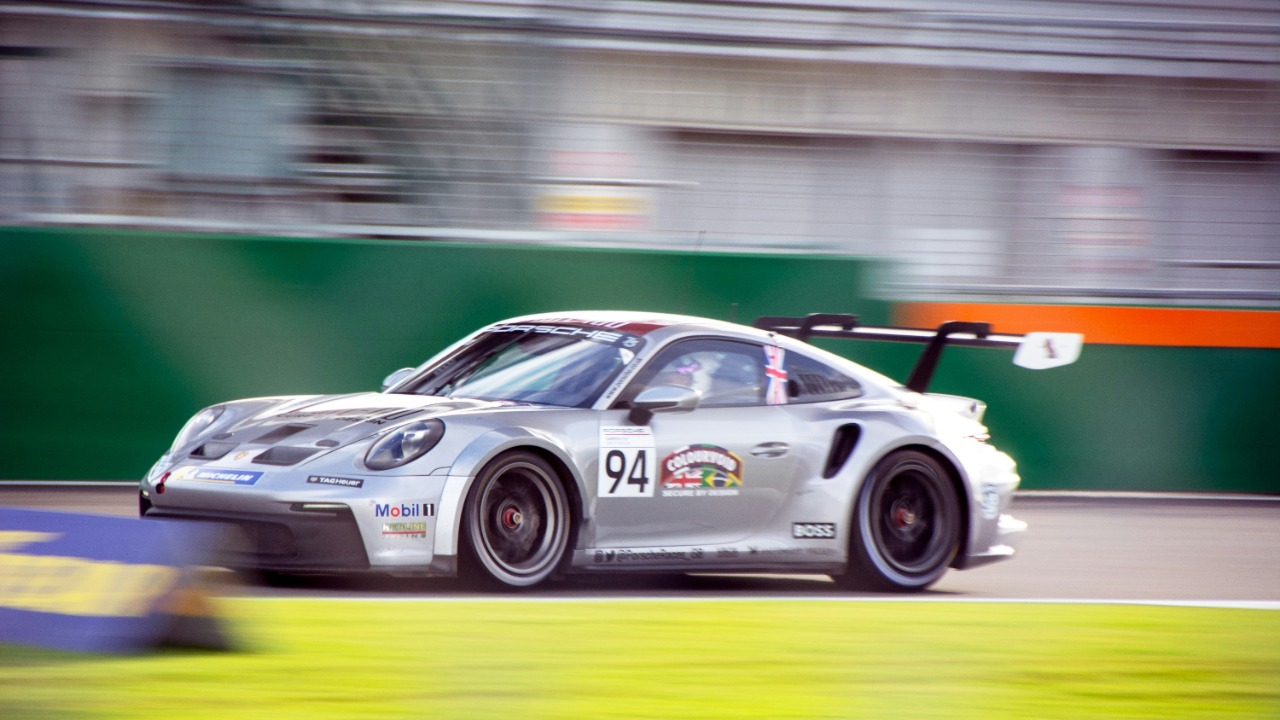



Leave a Reply